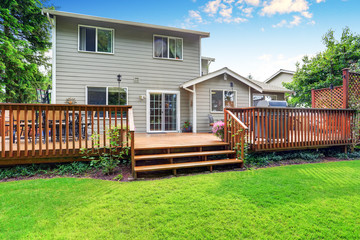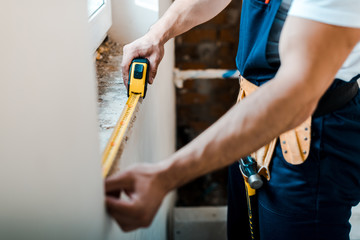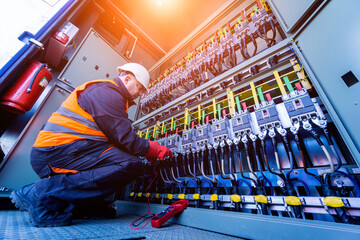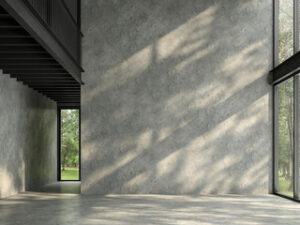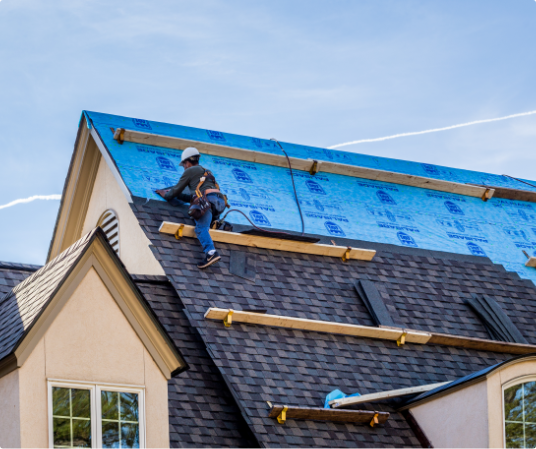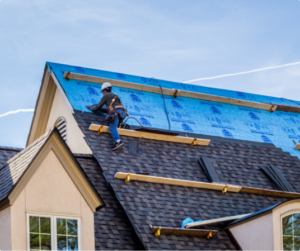Keeping up with seasonal maintenance is essential to protecting and prolonging the life of your wooden deck. A few basic tasks can keep your deck looking great all year long.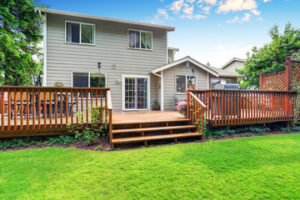
Moisture is the biggest enemy of wooden decks. Protect your deck by washing and sealing it regularly. Make sure you have proper drainage to prevent standing water. Contact Mount Joy Company LLC for professional help.
Regular inspections help you identify signs of wear and deterioration like cracks, rot, loose boards, and insect infestation. These elements can impact your deck’s safety and integrity and may require immediate attention from a professional. Your deck is exposed year-round to a variety of weather elements that can cause damage to the structure and materials. Inspecting and repairing these issues promptly will improve the life of your deck and minimize future problems.
Wood deterioration is common in elevated outdoor structures, especially if they are not treated with a preservative or stain. Infestations of pests like carpenter ants, termites, and wood-boring beetles can also cause significant damage to decks. Inspecting for these types of pests is vital to protecting your investment and ensuring the safety of your family and guests.
Start by walking around your deck and listening for squeaks and feeling for soft spots. Then, probe structural members with a flat-blade screwdriver to check for rot. Begin with the stairs, checking where the stringers (the saw-tooth notched pieces that support the steps) meet the ground and each perimeter post. If you can push the screwdriver a quarter-inch or more into an area, it’s likely that it has rot and needs replacement.
During your inspection, pay particular attention to the ledger board, which connects the deck to the house and bears a substantial amount of the load. Look for any signs of water damage and looseness, and ensure that the flashing is in good condition to prevent infiltration. You should also inspect the joists and posts for rot, warping, and other damage, and tighten any loose screws or replace missing ones. You should also assess the condition of any railings and stairs, which can be dangerous if not properly maintained. Finally, make sure to move furniture and decor regularly to avoid scratching or scuffing the deck surface. This will also help slow the growth of mold, mildew, and moss, which can discolor and damage the surface. Also, keep nearby trees and bushes trimmed to limit the amount of debris that lands on the deck.
Cleaning
The key to a long-lasting deck is consistent cleaning and maintenance. A regular schedule of sweeping and cleaning removes debris that can trap moisture, leading to mildew or wood rot. Using a deck cleaner and scrub brush is an effective way to thoroughly clean the surface, while a garden hose or pressure washer is essential for rinsing. Keeping up with this routine and treating minor damage as it occurs is the best way to protect your investment and extend the life of your wooden deck.
Moisture is the biggest threat to deck durability. When allowed to accumulate on the surface of a wooden deck, it provides the perfect breeding ground for organic growth such as moss, mold, and mildew. Prolonged dampness can also lead to rot, causing the wood to weaken and discolour. Ensure your deck is protected by maintaining proper drainage and removing standing water after rainfall.
Sweeping: Ideally, a deck should be swept on a weekly basis to remove debris that can trap moisture and cause staining. Use a soft broom to avoid scratching or damaging the wood. Pressure Washing: Using a pressure washer with a high-pressure water stream can efficiently clean a deck, removing stubborn dirt buildup and organic growth. Be sure to keep the nozzle at a safe distance from the deck to avoid over-saturation and potential damage.
Professional cleaners know that the secret to successful stain removal is immediate response. Blot fresh spills, rather than rubbing, to prevent the stain from spreading. Wine and food stains are more difficult to remove, but with consistent effort, even the most stubborn spots will eventually give up their grip on your wood deck.
Once your deck has been cleaned, a light sanding can smooth out rough areas, particularly in high traffic or high-use spots. This can help prepare your deck for oiling or staining, making it look like new again.
Staining
Stains are a great way to revitalize your deck’s appearance and add a protective layer against the elements. However, staining requires regular reapplication to maintain its protective benefits and visual appeal.
When to stain your deck is based on many different factors, but most homeowners will re-stain their deck every two to three years. Annual inspections are also vital in detecting and addressing problems such as water no longer beading on the surface, visible signs of fading, or other wear in high-traffic areas.
Before you begin the staining process, it’s important to sand the deck to ensure evenness and remove any loose wood fibers. Be sure to wear personal protective equipment (gloves, eye protection, and a dust mask) when performing these tasks. It’s also recommended to choose a day with moderate temperatures and no rain in the forecast. When applying the stain, it’s a good idea to use a roller or sprayer for coverage and precision. Brushes are also an option for more intricate surfaces, but be sure to pay special attention to crevices and corners to make sure the stain is evenly applied.
Once the first coat of stain is dry, allow it to fully cure according to the manufacturer’s recommendations. This typically takes a few days to a week. During this time, it’s best to avoid heavy foot traffic and placing furniture on the deck. It’s also a good idea to cover any adjacent surfaces that you don’t want stained, using painter’s tape and plastic sheeting as needed.
Stains can be opaque, semi-transparent, or solid, depending on the level of opacity you’re looking for and the amount of natural wood grain you want to show through. Choose a color that complements your home’s exterior and suits your aesthetic preferences. Consider a low-VOC or eco-friendly stain if environmental concerns are a priority for you.
Once the stain has dried, it’s a good idea to apply a sealant or finish to protect it from the elements and extend its lifespan. Be sure to choose a product that’s compatible with the stain you’ve chosen and that is suitable for your climate conditions.
Sealing
Sealing your deck can help protect it from sun damage, water penetration and fungus. It also helps to improve the appearance of your deck and prolongs its life. There are several types of sealers to choose from, including topical and semi-transparent. We recommend using a water-resistant product that also offers UV protection. A professional can help you decide which type of product is best for your deck.
Before applying a new coat of sealer, you should give your deck a good cleaning. Pressure washing will usually do the trick, but you can use a brush and scrub if necessary. Then, you should sand any rough spots to create a smooth surface for the sealer to adhere to. Once your deck is sanded, you should allow it to dry completely before moving on. This can take days depending on the weather and the temperature.
When sealing your deck, it is important to use a high-quality product and follow the manufacturer’s instructions. It is also a good idea to wear a face mask to avoid inhaling the fumes. Lastly, you should always cover nearby plants and shrubs to prevent staining.
The first step is to make sure that your deck is free of debris and mildew. Then, you should rinse it with a hose or pressure washer to remove any remaining dirt or grime. It is also a good idea to use a power washer with a low-pressure setting to reduce the risk of damaging your deck. Be sure to use a nozzle with a wide spray pattern and not just a concentrated stream of water.
During the inspection and cleaning process, it is important to check for signs of structural weakness. This includes sagging beams, shaky railings and loose posts. Weak spots can be caused by moisture or fungus and may lead to structural failure. If you find any weaknesses, it is important to have them repaired as soon as possible.
